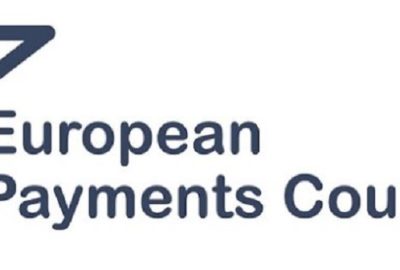Inside the regulatory sandbox: positive effects on fintech funding – BIS report

Firms entering the sandbox of the Financial Conduct Authority in UK see a significant increase of 15% in capital raised post-entry, relative to firms that did not enter; and their probability of raising capital increases by 50%, according to a new report from BIS.
Policymakers around the world are creating „regulatory sandboxes” to foster innovation in the financial sector while keeping alert to emerging risks.
One key objective of sandboxes is to facilitate start-ups’ access to capital. The UK Financial Conduct Authority pioneered the world’s first regulatory sandbox in 2015. To date, more than 50 countries have adopted sandboxes, but little evidence exists on whether they actually help innovative fintechs raise funding. And if so, why/how.
Contribution
This paper analyses how entering the United Kingdom’s regulatory sandbox affects fintechs’ ability to raise funding. We collect unique data on capital raised by UK fintechs between 2014 and 2019. Our sample covers fintechs that joined the sandbox, as well as a large group of comparable control firms that did not join the sandbox. Further, detailed data broken down by individual investor, as well as background information on firm characteristics, allow us to investigate different channels through which the entry in the sandbox could affect firms’ access to capital.
Our paper contributes to the current debate on public policies to foster innovation and competition in the financial sector. Sandboxes could provide regulators with an effective tool to gauge the various implications of innovations at an early stage of their development. An assessment of their effectiveness and an understanding of the channels through which sandboxes operate is hence indispensable.
Findings
Entry into the sandbox is associated with a higher probability of raising funding and an increase of about 15% in the average amount of funding raised. Our evidence suggests that regulatory sandboxes improve access to funding by reducing information asymmetries and regulatory costs for three reasons.
First, the positive effect of sandbox entry on capital raised is particularly pronounced for smaller and younger firms, which are usually subject to more severe informational frictions.
Second, sandbox entry is followed by an increase in first-time investors and in the share of investors that are based outside the United Kingdom. These investors are likely to face greater information asymmetries due to either geographical distance or a lack of previous relationships.
Finally, we find that firms with a CEO who has a personal background in financial law benefit less from sandbox entry. This is in line with anecdotal evidence that CEOs without prior experience in financial regulation benefit more from the guidance provided by case officers during the process of obtaining authorisation.
For more details download BIS Working Papers – No 901 – PDF full text (484kb) – 42 pages
Dariusz Mazurkiewicz – CEO at BLIK Polish Payment Standard
Banking 4.0 – „how was the experience for you”
„To be honest I think that Sinaia, your conference, is much better then Davos.”
Many more interesting quotes in the video below:










